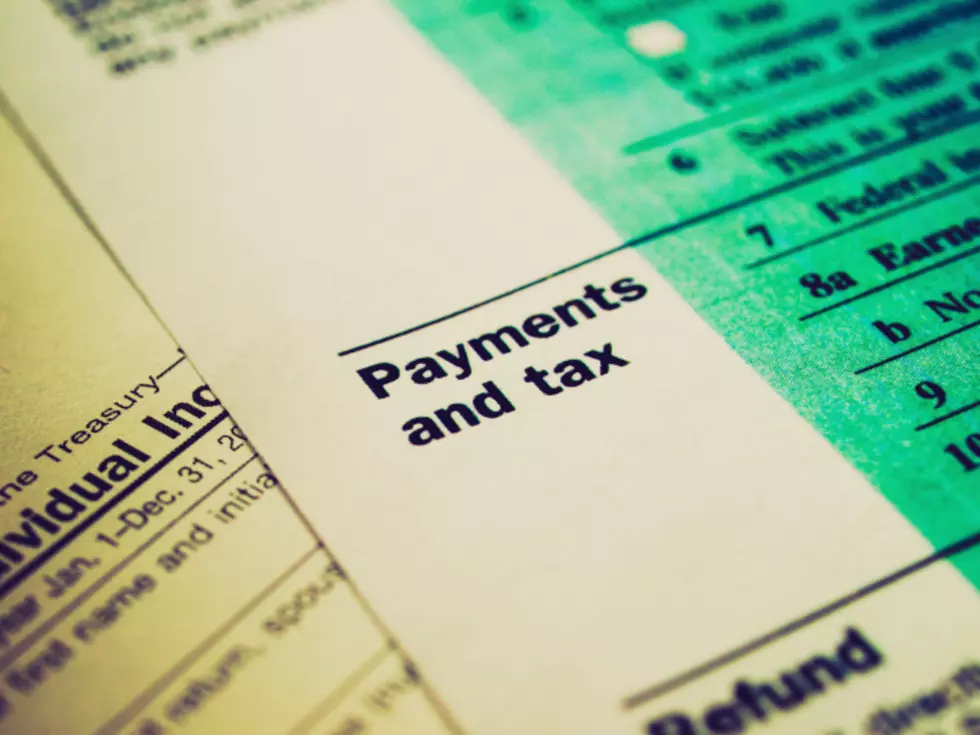
How to lower disability insurance premiums
Q. How can I make disability insurance more affordable and still have the benefits be worth the cost?
— Wanting to buy
A. Disability insurance protects your most valuable asset: your ability to earn income.
If you’re unable to earn, you’ll have a very tough timing paying your bills, and your long-term goals, such as saving for retirement or college, may be impossible.
For that reason, any level of benefits is “worth the cost,” said Ed Gaelick, a Chartered Life Underwriter and Chartered Financial Consultant with PSI Consultants in Glen Rock.
Gaelick said premiums are determined by many factors such as age, gender, smoking status, overall health, occupation, monthly benefit amount, how long you wait to get benefits, how long you get benefits for and any additional options you may choose.
He said one very important option to consider is known as “FIO,” or future increase option.
“This allows you to get more coverage at some future date regardless of your health,” Gaelick said. “You’d only need to demonstrate you have the income to support the increase.”
He said some insurance companies have two premium options: level and graded. Level stays level while graded starts off as a smaller payment and gradually increases.
“You could get a small policy, build in a future increase option, choose the graded premium option and that will get you a meaningful policy well worth the cost,” Galick said.
There are other ways to tweak policy features to make sure premiums fit into your budget.
For example, a typical disability policy will pay benefits if you are disabled up until you turn 65, said Matthew DeFelice, a certified financial planner with U.S. Financial Services in Fairfield.
“However, you can purchase a policy with a 2-year, 5-year or 10-year benefit period – all cheaper options,” DeFelice said. “Depending on your age and the amount of time until you plan to retire, these may be easy ways to lower your premium – although this is not usually an option we would recommend to younger clients.”
Another way to reduce your premium is to extend the waiting period, or the amount of time you have to be out of work before you begin to receive disability benefits, DeFelice said. The typical waiting period on a long-term disability policy is 90 days, but most carriers offer a 180-day or even 360-day option.
DeFelice said whether a longer waiting period is right for you depends on your personal situation.
Ask yourself: Are you a single or dual-income household?
“If you are married and your spouse also works, you may be able to get by on their income for the first six to 12 months, and a longer waiting period would be okay,” he said.
Also look at how much cash reserves you have in your emergency fund. Is it three, six or 12 months’ worth, or have you no savings at all?
The more cash you have on hand to pay bills if no income is coming in, the longer waiting period you can afford to have,” DeFelice said.
He recommends you also check to see if you have group short-term disability coverage available through your employer.
“Short-term disability usually covers up to 100 percent of your salary for the first three or six months to fill the gap before long-term kicks in, so it is a smart idea to try to coordinate benefits,” he said, for example, picking a waiting period for your long-term policy that will kick in after your short-term policy coverage ends.
DeFelice said another way to lower premiums is to change the definition of “total disability” on the policy.
What is referred to as “true own occupation” coverage will pay you benefits if due to sickness or injury you are unable to perform the primary and substantial duties of your own occupation, regardless of whether or not you are working in a different capacity, DeFelice said.
“This is the best definition you can have in a disability contract, but also the most expensive,” he said.
You can have different variations of true own occupation coverage, such as limiting the amount of time that own occupation benefits are payable to a period of two or five years. After that, the policy would only continue to pay benefits if you are unable to work at all in any capacity going forward, DeFelice said.
“You can also have an own occupation and not working definition, under which the inability to do your own job will be the trigger, but full benefits will be paid only if you are not working in any other capacity,” he said.
Any of these options will make your policy more affordable, and deciding which kind of policy makes sense depends on the kind of work you do.
“True own occupation coverage would be more important for a spine surgeon to have than it would be for a marketing director or other type of executive, where if they were not able to do their job they would likely be unable to work in any other capacity,” DeFelice said.
You also pay a higher premium to buy a policy that has level, locked in premiums that cannot go higher for the life of the policy. These are called non-cancelable premiums.
“Some carriers will offer you the less expensive option of purchasing what is called a guaranteed renewable policy,” he said “This means that initially premiums are level, but the carrier reserves the right to raise premiums in the future.”
In order to do that, the carrier must make the increase for an entire occupation class of people, DeFelice said. They’d have to provide each state’s insurance department where the product is sold with enough data — usually seven to 10 years’ worth — to prove the premiums they are charging for a particular occupation class are not enough to cover the loss ratios on the benefits they are paying, he said.
“This is not the easiest thing in the world for the insurance carrier to do – it takes time and costs money, and they cannot simply raise an individual’s premiums because they feel like it,” DeFelice said. “Depending on your age, this may very well be a viable option to save some money on your premium.”
Karin Price Mueller writes the Bamboozled column for The Star-Ledger and she’s the founder of NJMoneyHelp.com. Click here to sign up for the NJMoneyHelp.com weekly e-newsletter. Like NJMoneyHelp.com on Facebook and follow it on Twitter.
More From New Jersey 101.5 FM









